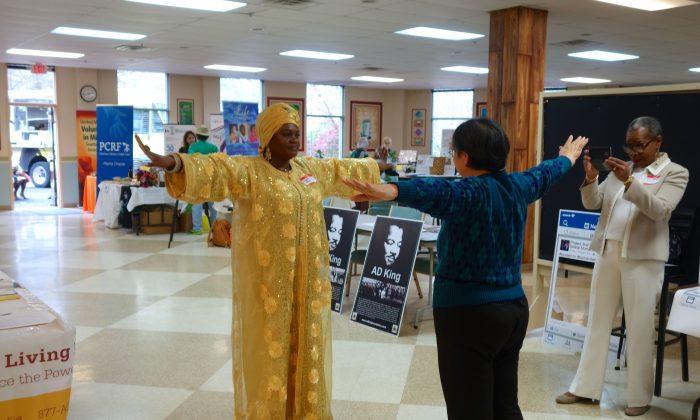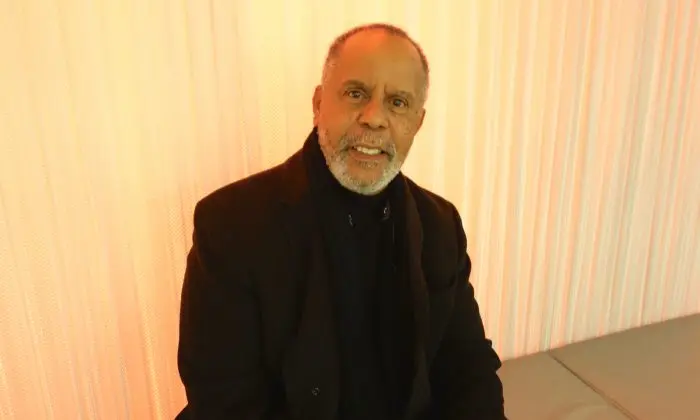When Boa Sr of India died in early February at age 85, her mother tongue died with her. She spoke Bo, a language thought to be 65,000 years old. In the United States, 191 languages are threatened or extinct, according to the U.N. educational, scientific, and cultural organization (UNESCO).
Why is loss of ancient languages important?
“I claim that it (the loss of languages) is catastrophic for the future of mankind,” said University of Alaska Fairbanks Professor Emeritus Michael Krauss in a Science Daily article about his presentation on language diversity to the American Association for the Advancement of Science in 2007.
A language contains the wisdom of a culture, which developed over thousands of years, according to Krauss and UNESCO. Knowledge of medicinal plants, weather, ways to navigate and calculate time, spiritual beliefs, and more reside in language. When a language is gone, irreplaceable knowledge is gone with it.
Many Americans know the story of the Navaho Code Talkers, who created and used an impenetrable code which helped the Allies defeat the Axis powers in World War II. Without the Navajo people’s unique contributions, the outcome of the war could have been different.
According to a map on UNESCO’s Web site, many of the vulnerable, threatened, and endangered languages in America cluster in the Western and Southwestern part of the country, where most Native American tribes remain. Many tribal people were driven from the Eastern United States during the presidency of Andrew Jackson.
Scholars, tribal groups and other volunteer organizations support language preservation around the country. The groups use technology well, from a man who posted phonetic spellings and definitions of Cherokee places names he saw in North Carolina, to language lessons on YouTube.
In a Voice of America (VOA) video report, Chief of the Eastern Band of Cherokee Michell Hicks spoke of the total immersion language lessons for young children he established in local schools, and of the gap in language learning between the generations.
His father understood but spoke only “bits and pieces,” he said, and “I’m still learning.” But he is making sure the youngest members of his group have a chance to be fluent. Right now about 300 people in his North Carolina community of 14,000 are fluent.
In the 2009 VOA report, Ranissa Walker spoke of a generation gap. She said she was learning Cherokee as a second language. Her mother Myrtle Davis said, “When I speak my own language, I’m speaking from the heart.” She said the most important part of being Cherokee is the language.
Optimism is essential. If speakers think no one is interested, if teachers think a language is doomed, of members of a group whose language is not dominant are ashamed to speak it, extinction is hastened.
UNESCO regards language diversity to be comparable to diversity of species. Just after Sept. 11, 2001, the group adopted a “Universal Declaration on Cultural Diversity,” which declares languages to be “the common heritage of humanity ... as necessary for humankind as biodiversity is for nature.”
UNESCO will mark International Mother Language Day on Feb. 22 and 23 in Paris. The meeting has two primary purposes. One is to ask if technology helps or harms language preservation. The other is to share information about mother tongue instruction in bilingual or multilingual education.
Why is loss of ancient languages important?
“I claim that it (the loss of languages) is catastrophic for the future of mankind,” said University of Alaska Fairbanks Professor Emeritus Michael Krauss in a Science Daily article about his presentation on language diversity to the American Association for the Advancement of Science in 2007.
A language contains the wisdom of a culture, which developed over thousands of years, according to Krauss and UNESCO. Knowledge of medicinal plants, weather, ways to navigate and calculate time, spiritual beliefs, and more reside in language. When a language is gone, irreplaceable knowledge is gone with it.
Many Americans know the story of the Navaho Code Talkers, who created and used an impenetrable code which helped the Allies defeat the Axis powers in World War II. Without the Navajo people’s unique contributions, the outcome of the war could have been different.
According to a map on UNESCO’s Web site, many of the vulnerable, threatened, and endangered languages in America cluster in the Western and Southwestern part of the country, where most Native American tribes remain. Many tribal people were driven from the Eastern United States during the presidency of Andrew Jackson.
Scholars, tribal groups and other volunteer organizations support language preservation around the country. The groups use technology well, from a man who posted phonetic spellings and definitions of Cherokee places names he saw in North Carolina, to language lessons on YouTube.
In a Voice of America (VOA) video report, Chief of the Eastern Band of Cherokee Michell Hicks spoke of the total immersion language lessons for young children he established in local schools, and of the gap in language learning between the generations.
His father understood but spoke only “bits and pieces,” he said, and “I’m still learning.” But he is making sure the youngest members of his group have a chance to be fluent. Right now about 300 people in his North Carolina community of 14,000 are fluent.
In the 2009 VOA report, Ranissa Walker spoke of a generation gap. She said she was learning Cherokee as a second language. Her mother Myrtle Davis said, “When I speak my own language, I’m speaking from the heart.” She said the most important part of being Cherokee is the language.
Optimism is essential. If speakers think no one is interested, if teachers think a language is doomed, of members of a group whose language is not dominant are ashamed to speak it, extinction is hastened.
UNESCO regards language diversity to be comparable to diversity of species. Just after Sept. 11, 2001, the group adopted a “Universal Declaration on Cultural Diversity,” which declares languages to be “the common heritage of humanity ... as necessary for humankind as biodiversity is for nature.”
UNESCO will mark International Mother Language Day on Feb. 22 and 23 in Paris. The meeting has two primary purposes. One is to ask if technology helps or harms language preservation. The other is to share information about mother tongue instruction in bilingual or multilingual education.




